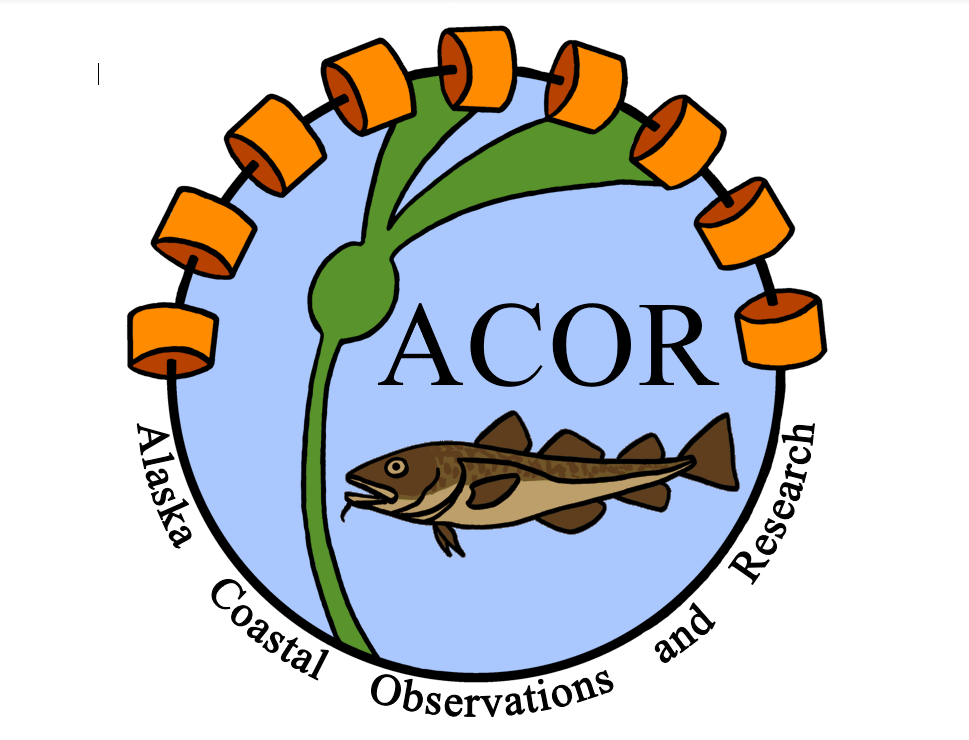In the Gulf of Alaska, Pink Salmon demonstrated an adult return failure in 2016, and failed to meet minimum escapement objectives in the Kodiak, Chignik, and South Peninsula areas. This fishery collapse coincided with a marine heatwave (2014-2016). Pink salmon are a short lived (2-year) species whose year-class strength is determined early, and whose marine survival is intimately associated with size and condition. Thus, nearshore observations can be predictive of following year returns.
Relative abundance on a district scale represented by the juvenile cod survey in 2018 to 2020 have showed incredible promise with indexing the entire westward region abundance in the following year adult pink salmon returns. For this reason, continuing this dataset of juvenile fish sampling is of great importance as the juvenile pink salmon data may be used in future regional pink salmon forecasts. The GOA juvenile fish survey during 2022 will be funded for this research, along with additional sites sampled in May of 2022 and 2023 via float plane.
Project is funded by the Pacific States Marine Fisheries Commission.
Award period: August 15, 2021 – June 30, 2023.





